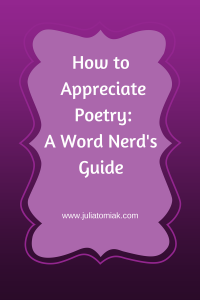 I recently stayed up until two am to watch a movie with my son.
I recently stayed up until two am to watch a movie with my son.
Please note that the days of me being awake at two am by choice ended sometime in the late 1990s. I do not count nursing a baby or cleaning vomit soaked sheets in the “by choice” category.
So this must have been an awesome movie, right?
Dead Poet’s Society tells the story of a passionate teacher who uses unorthodox methods to get prep school boys excited about poetry. John Keating inspires his students with Emerson, “carpe diem”, and barbaric yawps.
On the first day of class, Mr. Keating, played by the always entertaining Robin Williams, has his students read an essay about analyzing poetry. The essay actually suggests that one could graph a poem based on its importance and the quality of its craftsmanship.
Mr. Keating commands his students rip the essay out of their textbooks.
Like Mr. Keating, I hope to inspire excitement about poetry. There’s no right or wrong (or graphing) with poems; please don’t let cryptic lines and complicated rhythms intimidate you. Just find a poem that looks interesting, settle into a comfortable spot to read, and think about these things.
Sound
Reading poems aloud is the best way to catch the musical qualities of words woven together. When you read a poem, listen for:
- Rhythm – can you find a pattern? Count the syllables, note the stresses. Some poems are written to fit specific structural requirements. For example,
A line of iambic pentameter has ten syllables in a light stress, heavy stress pattern, such as:
No longer mourn for me when I am dead (Shakespeare sonnet # 71)
A line of trochee has the opposite pattern, first heavy then light stress
Double double toil and trouble (Shakespeare, Macbeth)
Anapest is a pattern of three syllables with two light and the last heavy.
For the moon never beams without bringing me dreams (Edgar Allen Poe, Annabel Lee)
- Rhyme – again, can you find a pattern? Do the rhymes occur in adjacent lines or in every other line? Does the rhyme carry significance? Or is the poem written in free verse, without any rhymes?
- Special effects– look for literary devices that influence the sound of the poem, such as
Alliteration – repetition of initial consonant sounds in a string of words
fair flower falling from the tree
Onomatopoeia – words that imitate sounds
buzz, crash, snap
Meaning
Poems condense profound meaning into a few lines of words, and poets use figurative language to build a bridge of understanding for readers. Some common literary devices include:
- Metaphor – makes an implicit or implied comparison between two dissimilar things
Bill is my rock during difficult times.
Bill isn’t actually a rock, but the metaphor implies that he is sturdy and strong
- Simile –makes a direct comparison between two things by using “like” or “as”
She’s as stubborn as a bull.
- Personification – giving human characteristics to a thing, an idea or an animal. Markus Zusak is a master of this in his often poetic prose in The Book Thief and I Am the Messenger.
Fear slipped into the room and wrapped itself around me.
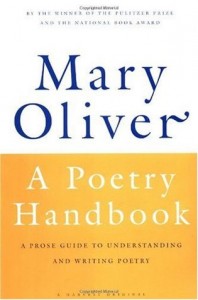 Poetry Resources
Poetry Resources
I can’t cover everything in this post, but I hope you’re intrigued. For more information about poetry and literary devices, or to find some great poems, check out:
A Poetry Handbook by Mary Oliver
Poems to Learn by Heart by Caroline Kennedy
What do you use to help you understand poetry? Who are some of your favorite poets? Have you seen Dead Poets Society?
Thanks for stopping by!
Julia
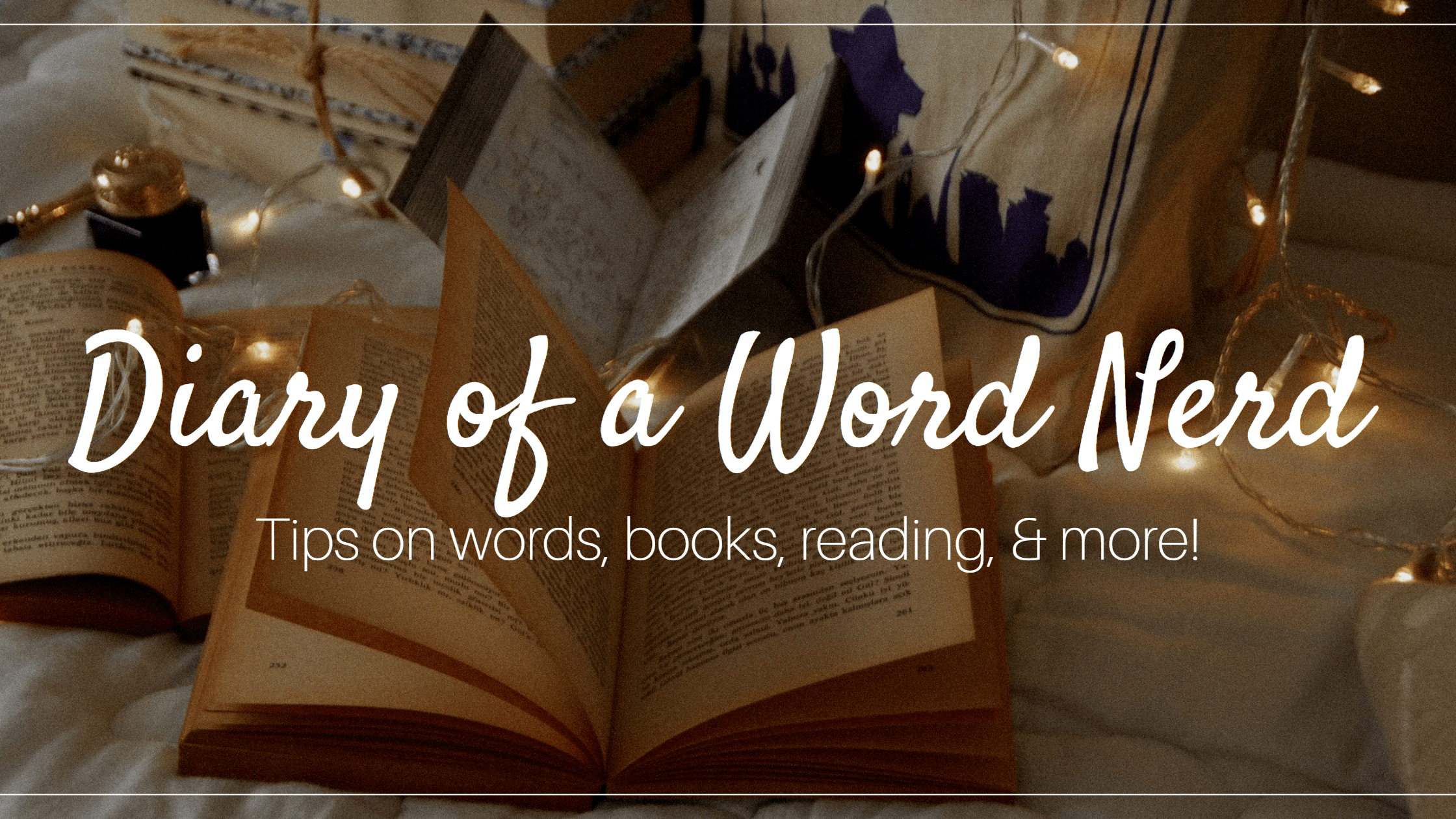
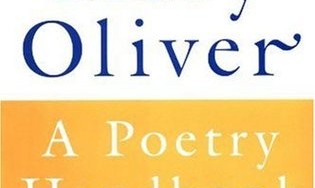
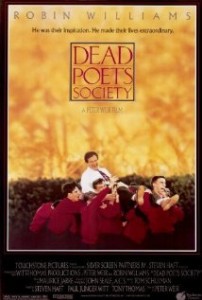
My days of staying up til 2 AM are a thing of the past, too. But staying up with your son to watch Dead Poet’s Society is worth the sleep deprivation for sure! What a great movie! Thanks for the great tips about poetry. I think one of the best things we can do is keep reading and trying different kinds of poetry. If one poet’s style doesn’t connect with you, try something different.
Good advice, Nicole.